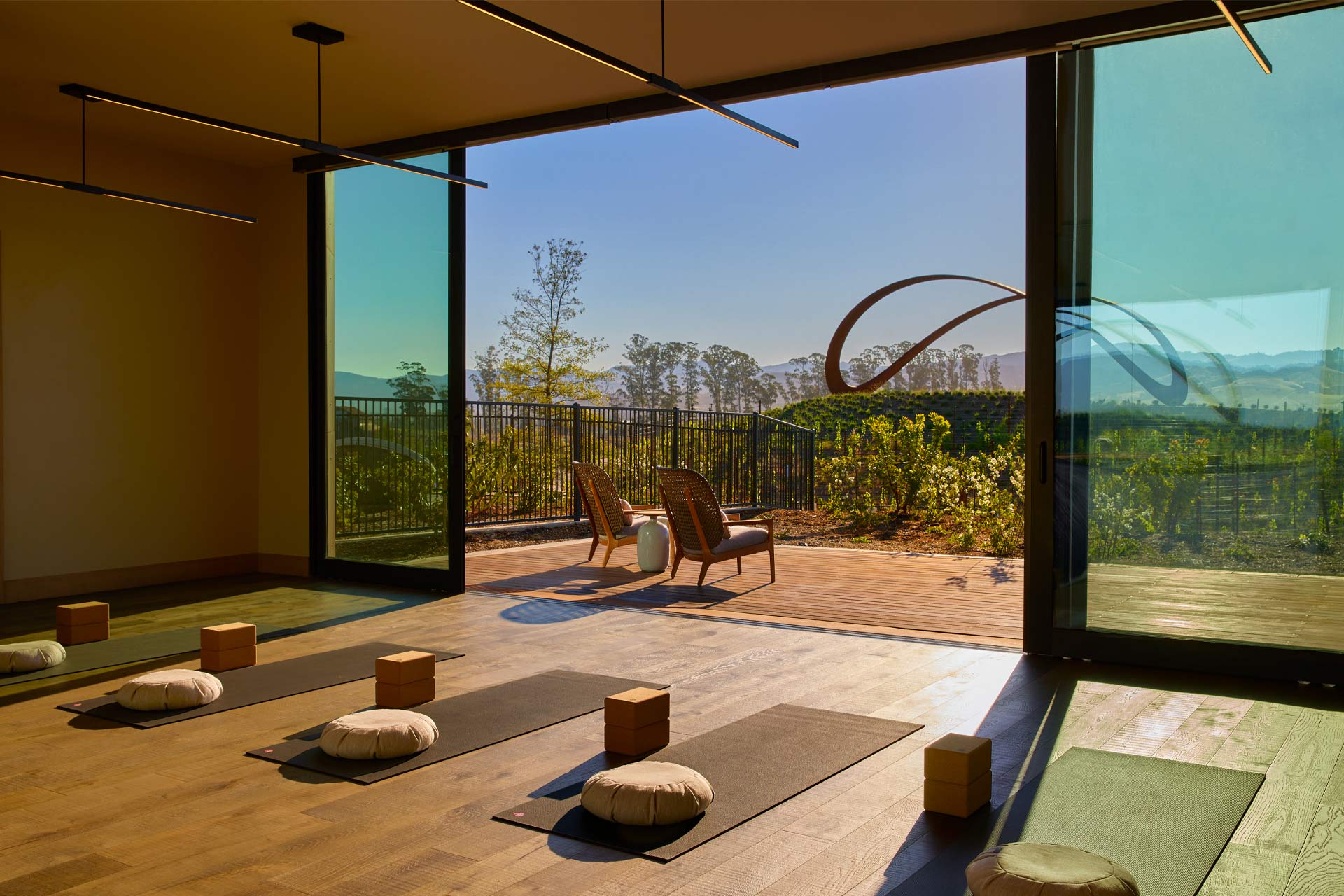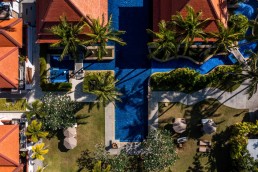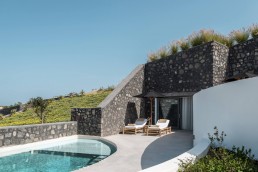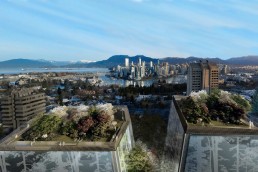Spa development firm TLee Spas + Wellness has shared its perspectives on what has shaped their perspective on spa development in 2022, and the key drivers behind a more holistic approach to wellness in 2023 and beyond.
“Our clients are adopting a more nuanced approach to wellness because their guests are more aware and eager to live their best lives physically, emotionally, socially and even spiritually,” says founder and President Tracy Lee. “For the past few years, the spa experience has been moving beyond the treatment room and evolving to become part of a holistic wellness ecosystem that nurtures the human experience. In 2023, we can expect diversified programming to accommodate personal wellness journeys and fitness goals, greater emphasis on communal experiences, and wellness as a catalyst for high-performance living.”
Sustaining High-Performance Lifestyles
For those taking a proactive approach to wellness, spa is the vehicle to balance peak performance with recovery, restoration and regeneration. Settings can cater to a “work hard, play hard” mentality with offerings geared toward recovery from heavy training and active pursuits, including contrast bathing and technology-based biohacking such as LED light therapy and hyperbaric oxygen. At the new Halehouse Spa at Stanly Ranch – which was conceived by Tlee Spas + Wellness, and further developed and operated by Auberge Resorts Collection – highly customised wellness programmes are designed to improve performance and recovery. The spa features a Hyperbaric Oxygen Chamber, after which guests shift into a restorative sauna session, followed by prescriptive bodywork or customised skincare. At the property’s fitness hub, guests can choose from a variety of daily movement classes, undergo a fitness assessment, and receive functional training and performance coaching from expert practitioners.
Workplace Wellbeing
People have been seeking more empowerment and control over their own wellness since the pandemic, inspiring new thinking around workplace environments in the spa industry. To counter staffing challenges and attract and retain employees, spa facilities need to ensure thoughtfully planned and correctly sized staff and support spaces to support their mission to heal and effect positive change.
At The Grand Wailea, the full redesign of the hotel’s popular spa is engineered to deliver diverse experiences that pay homage to nature, culture, and authentic healing practices steeped in the soul and spirit of Maui. In addition to redefining the facility and guest experience, TLee Spas + Wellness future-proofed the environment from a staffing and operational perspective. This process devoted more space for BOH operations, servicing and storage, to ensure a seamless hospitality culture and a more efficient operating model.
For another new build luxury resort in Jamaica, TLee developed the BOH programme to incorporate fresh air and natural light throughout the spa, including a hybrid indoor/outdoor staff lounge to take advantage of the healthy and healing effects of nature during work.
In addition to optimising physical spaces, spa operators should nurture physical and emotional well-being within their workplace culture, through personal growth and a collective sense of purpose and mission. Demonstrating the importance of inclusivity and prioritising opportunities for staff to connect through shared interests and activities will result in happier and healthier teams and ultimately a more cohesive culture that translates into a deeper guest experience and robust bottom line.

Embracing Mindfulness and Spirituality
While the traditional spa mindset centred upon the physical and emotional dimension of wellness – think relaxation and rejuvenation, a more evolved and expansive viewpoint shifts the focus towards awareness, knowledge and empowerment, which creates transformative experiences that deepen personal practices, including mindfulness and spirituality. Studies have found that higher levels of spirituality are associated with higher levels of wellbeing, and more people today are conscious of that definitive connection. In their pursuit of holistic well-being, the modern wellness consumer seeks out experiences to tune out the noise of our increasingly remote and digital 24/7 lifestyle, to reconnect with themselves, and become more attuned to the energy around them and higher consciousness. At a new luxury resort in Jamaica, TLee Spas has created a multipurpose decompression and gathering space called The Temple to explore spirituality beyond traditional religion, through the lens of sound and music.
Deepening the Wellness Experience with Music and Sound
Sound meditation is gaining awareness, with an influx of environments, equipment and modalities to reset the brain through acoustic and vibrational therapy. Included as part of a high-tech recovery circuit involving cryotherapy and infrared treatments, this integrated session at Equinox Hotel Hudson Yards utilises the Spa Wave Table from Gharieni that delivers vibro-acoustical therapy to help guests shift into deep rest mode to improve focus and mental clarity. The forward-thinking Savasana Sound Room, which launched in 2019 at Spa Alkemia at Zadun, a Ritz Carlton Reserve in San Jose del Cabo, Mexico, harnesses the same underlying principles as the Wave Table, but in this case, the whole room is engineered for immersive sound therapy that resonates from the floor and walls throughout the entire body.
Given the growing validation and recognition of the diverse benefits of sound and music, TLee Spas continually seeks out creative solutions that leverage design, technology and service programming to harness sound’s healing power and its positive impact on performance, recovery and cognition.
The Rise of Wellness Clubs
Wellness is no longer considered a solitary pursuit, and after periods of social isolation, people are embracing experiences that connect them to like-minded people and practices. This relationship between self-care and community has given rise to new wellness offerings and business models that espouse a social dimension through decentralised planning that encourages exploration and discovery and robust communal facilities with an inherent social sensibility. Bathhouses are prime examples, morphing into urban sanctuaries and private wellness clubs as people continue to seek new ways to connect with others and deepen their wellness practices. The rise of wellness-oriented membership programmes within urban hotels and resorts are another manifestation of the social movement: creating more robust business models with multiple revenue streams and attracting attention and interest among travellers and locals looking for diverse experiences with more opportunities to interact.
Related Posts
21 March 2022
Banyan Tree launches new wellness resort
15 December 2021



